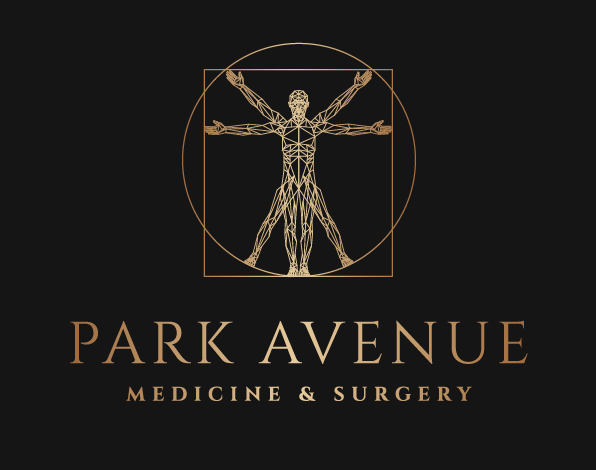The Science Behind Alcoholism
Second only to caffeine, alcohol is one of the most consumed products within the United States. Along with all of this consumption, it comes as no surprise that about 14.4 million adults over the age of 18 struggled with Alcohol Use Disorder (AUD) in 2018 and that more than 10% of American children live with a parent facing problems with alcohol. (“Alcohol Facts”, 2020) Furthermore, roughly 20% of college students in the United States also meet the criteria for AUD. (“Alcohol Facts”, 2020) Although alcoholism is considered to be one of the leading issues in today’s society, scientists are still struggling to find a promising and permanent cure. However, many of these scientists believe they are getting closer to identifying the root cause of alcohol dependence within the human brain and hope to be able to turn such knowledge into a manufacturable drug to cure AUD.
In one study run by Markus Heilig at Linkoping University in Sweden, lab rats were trained to drink alcohol repeatedly over a 10 week period. After 10 weeks, the rats were then given the choice between the alcohol or sugar water and, consistently, about 12.5% of the rats in each experiment chose alcohol over the sugar water. Additionally, the rats who gained a dependence continued to choose the alcohol over the water even when the alcohol was presented with a painful stimulus. When researchers studied the brains of the alcohol-dependent rats, they found that the expression of the GAT-3 gene, which codes for the neurotransmitter GABA, was, “greatly reduced in [their] brains.” (Stetka, 2018)
The neurotransmitter GABA is widely believed by scientists and researchers to be heavily linked to alcohol dependence. GAT-3 itself is a pump for GABA which allows for neurons to reuptake it and reuse it. A low expression of GAT-3 within the brain renders the pump essentially inactive and leads to a build-up of GABA within a cluster of neurons - making them abnormally active. (Yong, 2018) Moreover, a study published by the Harvard Science Review found that, “prolonged alcohol use makes the GABA-a receptor less sensitive to activation, which is partially responsible for many of the effects during alcohol withdrawal, such as anxiety disorders [and] panic attacks.” This increase in anxiety is then believed to encourage addicts to drink more in order to feel “normal”. (Sha) This link to GABA was therefore not very surprising to Heilig and his team at Linkoping.
The most interesting and shocking discovery of the Linkoping study was where the most significant decrease in GAT-3 was found in the brain - the amygdala. For many years, scientists believed that alcohol addiction solely resulted from a chemical imbalance in what they describe as the reward pathway. However, while alcohol does in fact alter the reward pathway making the addict hypersensitized to stress (Sha), Heilig’s team proved that a large majority of brain activity related to alcohol dependency takes place in the amygdala, the emotional hub of the brain. (Stetka, 2018)
At the moment, there are several medications that are available as potential treatments for alcohol addiction. The drug Baclofen, a GABA inhibitor for seizures, is said to decrease cravings and anxiety within addicts and the medicines Topiramate and Naltrexone work by affecting the reward pathway by reducing dopamine and blocking opioid receptors, respectively. Antabuse, on the other hand, is the first FDA approved drug for specifically treating alcohol addiction. Antabuse works by simulating alcohol intolerance within addicts by inhibiting acid aldehyde - a mechanism found within East Asian populations that leads to a lower tolerance to alcohol. (Sha)
Unfortunately, scientists are still a long way from understanding more detailed specifics on why alcoholism only affects a percentage of the population and how to effectively counteract the chemical consequences AUD has on the brain.
References:
“Alcohol Facts and Statistics.” National Institute on Alcohol Abuse and Alcoholism, U.S. Department of Health and Human Services, 18 Feb. 2020, www.niaaa.nih.gov/publications/brochures-and-fact-sheets/alcohol-facts-and-statistics.
Sha, Carrie. “The Science of Alcohol Addiction.” Harvard Science Review, harvardsciencereview.com/the-science-of-alcohol-addiction/.
Stetka, Bret. Scientists Pinpoint Brain Region That May Be Center of Alcohol Addiction. 21 June 2018, www.scientificamerican.com/article/scientists-pinpoint-brain-region-that-may-be-center-of-alcohol-addiction/.
Yong, Ed. “A Landmark Study on the Origins of Alcoholism.” The Atlantic, Atlantic Media Company, 21 June 2018, www.theatlantic.com/science/archive/2018/06/a-landmark-study-in-the-origins-of-alcoholism/563372/.



